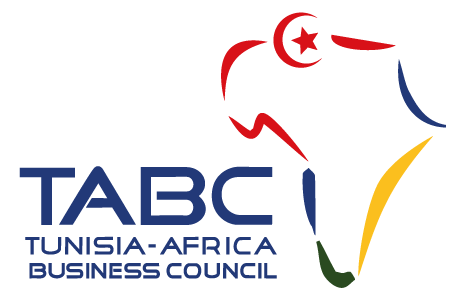
- Author Mondher Khanfir
- Lieu TABC
Making the Sahara an African sea of prosperity!
Most of the African countries are struggling into multiple socio-economic challenges, especially an urgent need to set up an efficient development model, able to accelerate the creation of employment opportunities for youth, also to improve utilities and infrastructure to reducing social gaps and regional disparities, and finally to enhance economic performance and increase government revenues.
The very common answer to these challenges is policies of markets liberalization and cross-borders integration.
Markets liberalization means the process of removing government control and allowing access to markets to private companies. It’s a preliminary condition for cross-borders integration, which is a much more complex process. It stems from the strategic behavior of country partners who envision borders as resources. So, the process can be constructed on the basis of a common interest to prospect mutual benefits, beyond the asymmetry of capacities. Thus, it’s more than a reciprocal opening of markets, modulo a free movement of goods, capital and ultimately of people, as it’s commonly presented.
Promoted under the name of Free Trade treaties, cross-borders integrations have multiplied all over the world and in Africa particularly, where there are more than ten regional blocs (AfCFTA, ECOWAS, COMESA, AMU…), without really proving their benefits.
An alternative model is induced by the ‘Belt & Road Initiative’ (BRI). Initiated by China in 2013, it is spreading very quickly as an effective instrument of international cooperation for trades and economic development. Less legally binding, it is faster to implement in the frame of bilateral agreements. So, China is offering to its countries partners the possibility to help them to carry out their own investment projects, in case there is an alignment with the BRI roadmap. The instrument also offers managing and financing options from the planning stage to the operating phase of the projects. Very active in the area of international tendering, China is also mandated for 9036 PPP projects totaling US$ 1970 billion.
With its dream to rebuild the legendary Silk Road, China has allied over a hundred partners countries that already endorsed it, including 38 in Africa. Presented as the largest project of the XXI° century, it aims to open routes and corridors to foster global economic development through trades and investments.
For many reasons, Africa is considered as the last frontier. It’s also the only continent with 4 maritime facades. The Mediterranean in the North, the Atlantic Ocean in the West, the Red Sea and the Indian Ocean in the East. Which gives it an unequaled geostrategic place. The continent presents another singularity. A 5th great sea, inland and dry this time, which is not open to navigation. It covers 8.5 million square kilometers (about the size of China) and spreads over 5000 km from East to West of the African continent; This sea is called the Sahara.
This vast territory does not exist as a separate entity, it is spread over a dozen neighboring countries. The Sahara, as inland sand sea is neglected by governments and serves to some extent as a rear base for smugglers, armed factions and other terrorists, who regularly make it their scene of war and looting.
In fact, the fate of Africa is largely playing out around this inland sea, wrongly perceived as a barren and unwelcoming area, while it contains, not only the keys to reading the history of Humanity, but also infinite resources that are likely to feed all Africans.
With scientific progress, it is now possible to cheaply exploit the sun to produce renewable energy, and to extract water from the ambient air, or to look for it in depth and to purify it. Biotechnological advances also make it possible to fertilize the desert and to farm arid zones. Not to mention the ancient architecture techniques to be rehabilitated to build up Saharan cities underground in respect of the Bio-ecosystem.
